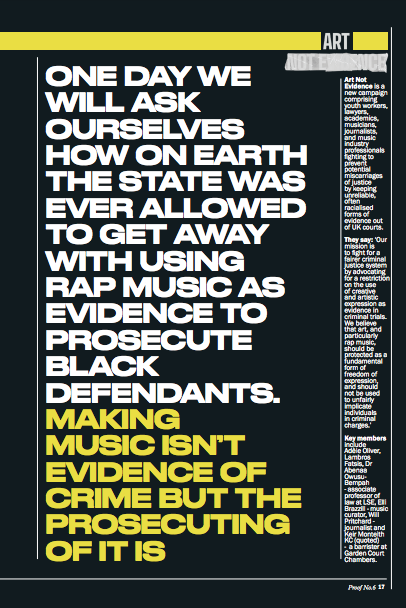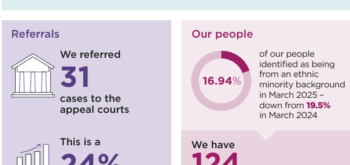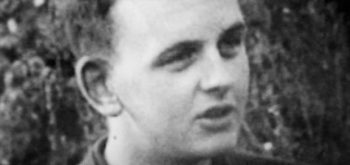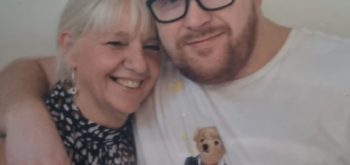Police and prosecutors were relying on rap lyrics and videos in court to do the ‘heavily lifting’ in ‘gang’ prosecutions against young black men and boys for crimes in which many played ‘no significant role’, according to a new review which also highlights the misuse of joint enterprise. A new study (Compound Injustice) drew on 68 cases involving over 250 defendants, all of whom had rap evidence used against them in serious charges of violence. It found that more than eight out of 10 defendants (84%) were from minority ethnic backgrounds with 66% being Black and nearly two-thirds (63%) linked to a ‘gang narrative’ by the prosecution.
More than half of the cases were identified as ‘joint enterprise’ prosecutions with an average of almost five defendants in each case (4.7). The researchers point out that this is ‘notably higher’ than an average suggested in a recent CPS pilot study (3.1). ‘These are highly concerning findings that support the view that the marshalling of rap evidence in criminal cases encourages police and prosecutors to further increase the number of people charged as secondaries under already-egregious joint enterprise secondary liability rules,’ the authors argue.
Fifteen percent of the defendants were children, while 67% were young people aged 18 to 24. Almost nine out of ten children in the dataset (88%) faced murder charges, often in controversial joint enterprise prosecutions, where multiple individuals are charged for a single crime, even if actual involvement is comparatively minimal.
One notably troubling case involved 12 individuals, all black and mixed race, charged with murder despite only one principal suspect. During the trial, prosecutors constructed a gang narrative, citing a single rap video as evidence of a collective gang membership, motivation, and intention to commit serious harm. None of the 12 on trial rapped in the video, nor had any role in producing it.
‘This case, along with illustrating the kind of tenuous ways that prejudicial rap “evidence” can be used, crystallises case features from our dataset of rap cases: young, black, male defendants, including children, in large group prosecutions facing the most serious charges in an allegedly “gang related” joint enterprise case,’ the review said.
The report’s authors – Eithne Quinn and Erica Kane of Manchester University and Guardian journalist Will Pritchard – said that the findings were ‘deeply troubling, and support the view that the marshalling of rap evidence in criminal cases encourages police and prosecutors to further increase the number of people charged as secondaries under already-egregious secondary liability laws’. The authors quote sociologists Patrick Williams and Becky Clarke who identify rap’s evidential role as ‘a dubious ‘gang’ signifier’ used in joint enterprise cases and that it can do the ‘heavy lifting in racialised courtroom deliberation’.
These findings as a new campaign called Art Not Evidence supported by MPs, lawyers and academics highlights the troubling trend in criminal justice of interpreting creative expression as evidence of criminal behaviour. The campaign featured in the latest issue of PROOF magazine. Buy PROOF, support the Justice Gap







